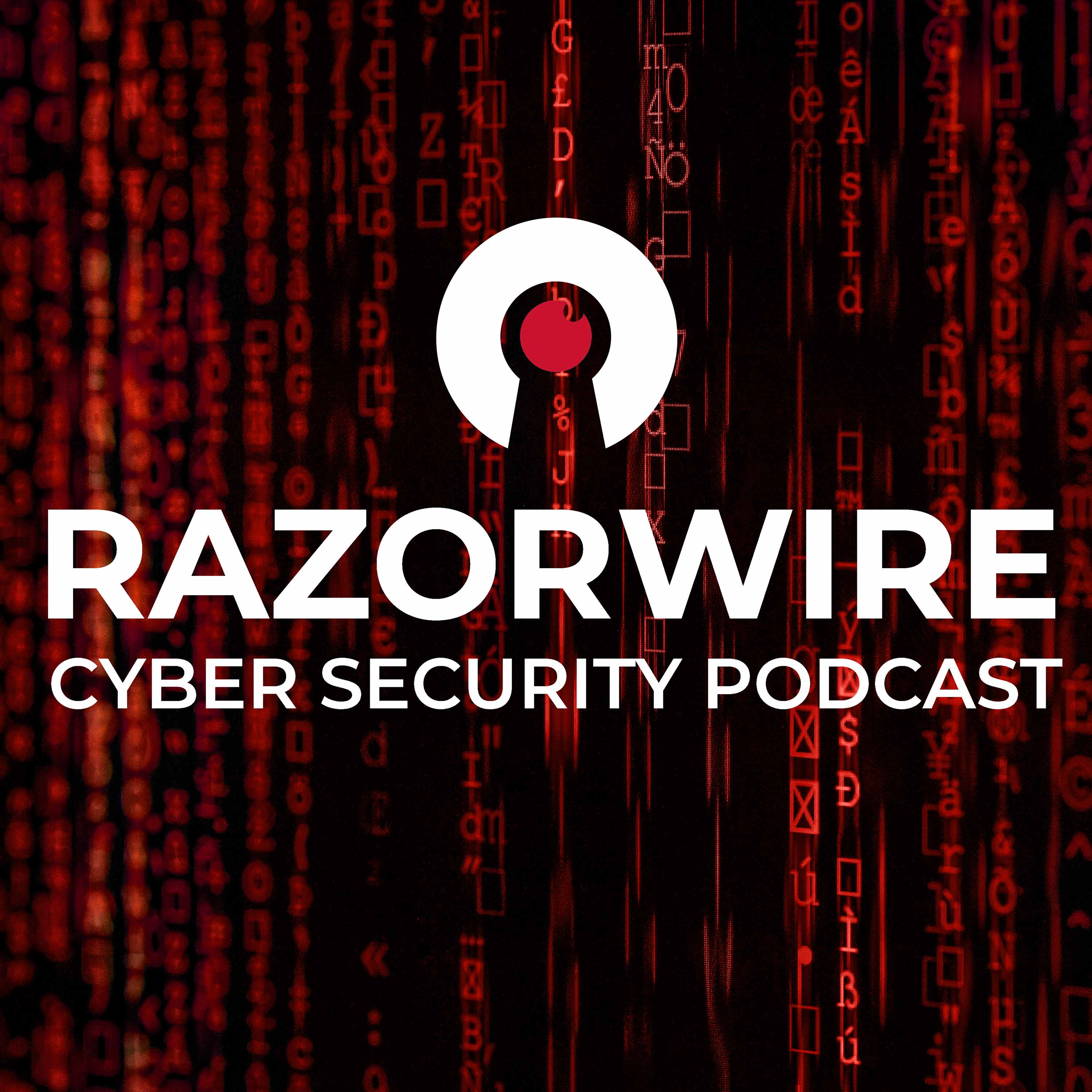ChatGPT vs Cyber Threats: The REAL Role of AI in Cybersecurity
Description
Unlock the truth about using Large Language Models (LLMs) in cybersecurity - are they the next big thing or just another trend?
In this episode of Razorwire, your host, James Rees, brings together cybersecurity expert Richard Cassidy and data scientist Josh Neil to talk about the use of AI and large language models (LLMs) in cybersecurity and their role in threat detection and security. Join us for a discussion on the capabilities and limitations of these technologies, sparked by a controversial LinkedIn post.
We bring you expert insights into AI in security applications and a frank discussion on always being open to learning and correcting misconceptions. Hear about real world examples and practical advice on how to integrate AI tools effectively without falling into common traps. This episode delivers a balanced, in depth look at an often misunderstood but crucial topic in modern cybersecurity.
3 Key Takeaways:
Anomaly Detection Challenges: We break down why traditional time series models are still king when it comes to anomaly detection, highlighting the limitations of LLMs. Learn why these models are better suited for identifying real threats without drowning in false positives.
Role of Critical Thinking in Cybersecurity: Richard Cassidy emphasises the irreplaceable value of human expertise in threat detection. Discover why relying too heavily on AI could stifle critical thinking and skill development, especially for junior analysts, potentially weakening your security team in the long run.
Practical Applications and Misconceptions: Hear a candid conversation about the real strengths and weaknesses of LLMs in cybersecurity. Both guests share practical advice on how LLMs can augment, but not replace, human-driven methods to ensure stronger, more reliable security measures.
Tune in to Razorwire for an episode that cuts through the hype and delivers actionable insights for cybersecurity professionals navigating the evolving landscape of AI in security.
The Downside of AI in the Workplace:
"My concern with AI assistants or co-pilots with quick and easy answers, the junior analysts aren't learning the critical thinking required to become senior analysts, and therefore we're losing our bench. And we're going to end up with unskilled senior analysts that don't know when the LLM doesn't know what to do. Neither does the human."
Josh Neil
Listen to this episode on your favourite podcasting platform: https://razorwire.captivate.fm/listen
In this episode, we covered the following topics:● Anomaly Detection Challenges: Find out how experts approach the complex task of identifying unusual patterns in cybersecurity data.
● LLMs vs. Traditional Methods: We explore different approaches to anomaly detection, comparing cutting-edge AI with established statistical techniques.
● Organisational Understanding: Listen to insights on the importance of deep knowledge about critical systems for effective threat detection.
● Surgical vs. Brute Force Approaches: Discover the debate surrounding different methodologies in cybersecurity, and the role of human expertise.
● Training and Critical Thinking: We examine how the increasing use of AI tools might impact skill development in the cybersecurity workforce.
● Evolution of Threat Detection:...
More Episodes
As AI reshapes cybersecurity threats, understanding how scams are evolving has never been more critical.
Welcome to Razorwire. I'm Jim, and today I'm talking with Noora Ahmed-Moshe, VP of Strategy and Operations at Hoxhunt. We'll explore how AI is transforming cybersecurity threats and what that...
Published 11/27/24
Are layoffs increasing your cybersecurity risk and driving your team to burnout? This episode looks into the psychological underpinnings of infosec to navigate turbulent times at work.
Welcome to Razorwire, the podcast that cuts through the complexities of information security with sharp insights...
Published 11/13/24
Published 11/13/24


